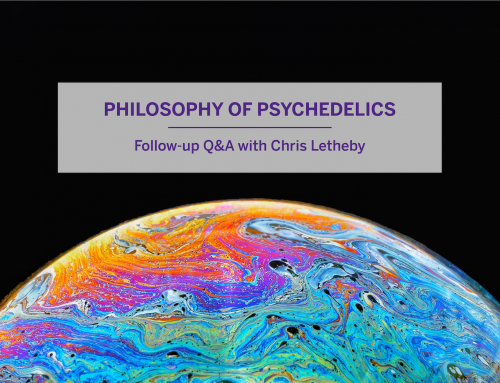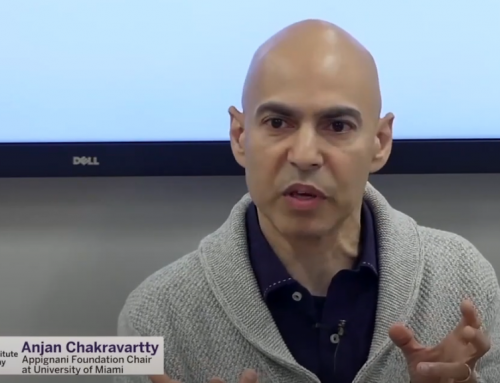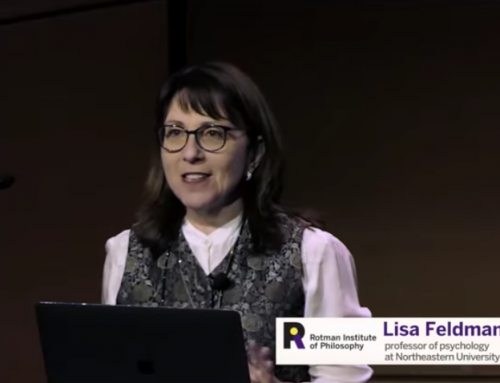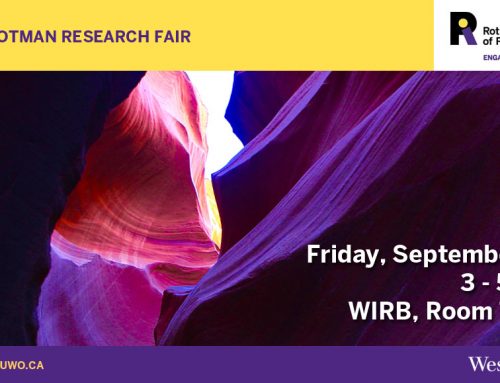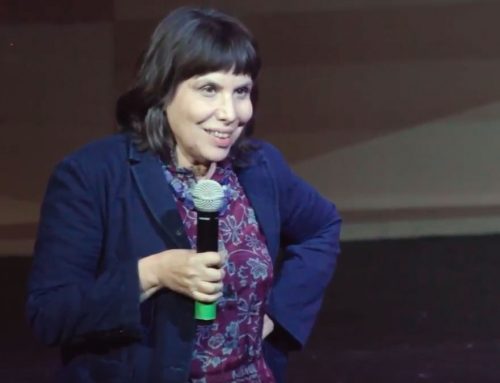ACMES 2, Computationally Assisted Mathematical Discovery and Experimental Mathematics, was a four day conference held on May 12 – 15, 2016 at Western University. Computational Discovery, also called Experimental Mathematics, is the use of symbolic and numerical computation to discover patterns, to identify particular numbers and sequences, and to gather evidence in support of specific mathematical assertions that may themselves arise by computational means. In recent decades, computer-assisted mathematical discovery has profoundly transformed the strategies used to expand mathematical knowledge. In addition to symbolic and numerical computation, a new trend that shows tremendous potential is the use of novel visualization techniques. The current situation was well summarized by a recent ICMI study: “The latest developments in computer and video technology have provided a multiplicity of computational and symbolic tools that have rejuvenated mathematics and mathematics education. Two important examples of this revitalization are experimental mathematics and visual theorems.” The program and further details on the conference can be accessed on the ACMES website.
A video playlist of the first day of the conference has been created on the Rotman Institute YouTube Channel. Remaining videos from the conference will be available soon.
[embedyt]https://www.youtube.com/playlist?list=PLkMaaEPd7InL_hWKXk_uBWJ675V0t5Jno[/embedyt]
Jonathan Borwein (CARMA, University of Newcastle, Australia)
Visual Theorems in Mathematics
Long before current graphic, visualisation and geometric tools were available, John E. Littlewood (1885-1977) wrote in his delightful A mathematician’s miscellany (Methuen 1953):
“A heavy warning used to be given [by lecturers] that pictures are not rigorous; this has never had its bluff called and has permanently frightened its victims into playing for safety. Some pictures, of course, are not rigorous, but I should say most are (and I use them whenever possible myself).”
Over the past five to ten years, the role of visual computing in my own research has expanded dramatically. In part this was made possible by the increasing speed and storage capabilities – and the growing ease of programming – of modern multi-core computing environments. But, at least as much, it has been driven by my group’s paying more active attention to the possibilities for graphing, animating or simulating most mathematical research activities. Part I. I shall first discuss briefly what is meant both by visual theorems and by experimental computation. I will then turn to dynamic geometry (iterative reflection methods) and matrix completion problems. Part II. I end with a description of recent work from my group in probability (behaviour of short random walks) and transcendental number theory (normality of real numbers).
Rob Corless (Department of Applied Mathematics, Western University)
Bohemian Eigenvalues
The Bounded Height Matrix of Integers Eigenvalue project, or “Bohemian Eigenvalue Project” for short, has its original source in the work of Peter Borwein and Loki Jörgenson on visible structures in number theory (c 1995), which did computational work on roots of polynomials of bounded height (following work of Littlewood). Some time in the late 90’s I realized that because their companion matrices also had bounded height entries, such problems were equivalent to a subset of the Bohemian eigenvalue problems. That they are a proper subset follows from the Mandelbrot matrices, which have elements {-1, 0} but whose characteristic polynomials have coefficients that grow doubly exponentially, in the monomial basis. There are a great many families of Bohemian eigenvalues to explore: companion matrices in other bases such as the Lagrange basis (my work here dates to 2004), general Bohemian dense matrices, circulant and Toeplitz matrices, complex symmetric matrices, and many more. The conference poster contains an image from this project. This talk presents some of our recent results. Joint work with Steven Thornton, Sonia Gupta, Jonny Brino-Tarasoff, and Venkat Balasubramanian.
Ao Li (Department of Applied Mathematics, Western University)
Revisiting Gilbert Strang’s “A Chaotic Search for i”
In his 1991 paper “A Chaotic Search for i” [1], Gilbert Strang explores an analytical solution for the Newton iteration for f(x) = x^2+1 = 0 starting from real initial guesses, namely x_n = cot (2^n A_0). In this work we extend this to both Halley’s method and the secant method, giving x_n = cot (3^n A_0) and x_n = cot A_n with A_n = A_{n-1} + A_{n-2} respectively. We describe several consequences (some of which illustrate some well-known features of iterative root-finding methods, and some of which illustrate novel facts) and speculate on just how far this can be taken.
[1] Strang G. The chaotic search for i. The College Mathematics Journal, 22(1):3-12, 1991.
David Jeffrey (Department of Applied Mathematics, Western University)
Generalizations and Computation of Stirling Numbers
(Abstract available soon.)
Wayne Grey (Department of Mathematics, Western University)
Combinatorial computation for permuted mixed-norm embeddings
My 2015 thesis solved nearly all cases of the inclusion problem for mixed Lebesgue norms in two variables, leaving only one specific case, with atomic measures and exponents in a particular order. Finding the best constant in this difficult case turns out to generalize the (NP-hard) optimizing version of the partition problem. A simple sufficient condition based on Minkowski’s integral inequality is also necessary for nonatomic measures. Even for arbitrarily many variables, a combinatorial argument fully solves the problem with nonatomic measures by reducing it to two-variable subproblems. This talk focuses on the outstanding question of whether this Minkowski condition on two-variable subproblems is sufficient even with atomic measures. The analytic problem is translated into a combinatorial one, akin to bubble sort but more complicated, with a substitution move in addition to the adjacent swap. Computational experiments designed to find a counterexample eventually led me to conjecture that there isn’t one, and gave insights which assist work by hand. Specifically, they showed that sometimes more exchanges are necessary than in bubble sort. The smallest such example has four variables and begins by swapping an initially in-order middle pair, which is swapped back later.
Jeffrey Shallit (School of Computer Science, University of Waterloo)
Experimental Combinatorics on Words Using the Walnut Prover
In this talk, I will show how to guess and prove theorems in combinatorics on words using the Walnut prover, written by Hamoon Mousavi. As an example, we recently proved the following result: the infinite word
r = 001001101101100100110110110010010011011001001001101100100100 …
generated as the fixed point of the map a -> abcab, b -> cda, c -> cdacd, d -> abc, followed by the coding sending a, b -> 0 and c, d -> 1, is aperiodic and avoids the pattern x x x^R, where x^R denotes the reversal of x. This is the first nontrivial result on avoidance in words obtained through the use of a prover. This is joint work with Chen Fei Du, Hamoon Mousavi, Eric Rowland, and Luke Schaeffer.
Mikhail Panine (Department of Applied Mathematics, University of Waterloo)
A Numerical Exploration of Infinitesimal Inverse Spectral Geometry
The discipline of spectral geometry studies the relationship between the shape of a Riemannian manifold and the spectra of natural differential operators, mainly Laplacians, defined on it. Of particular interest in that field is whether one can uniquely reconstruct a manifold solely from knowledge of such spectra. This is commonly stated as “can one hear the shape of a drum?”, after Mark Kac’s paper of the same title. Famously, the answer to this question is negative. Indeed, it has been shown that one can construct pairs of isospectral, yet non-isometric manifolds. However, it remains unknown how frequent such counterexamples are. It is expected that they are rare in some suitable sense. We explore this possibility by linearizing this otherwise highly nonlinear problem. This corresponds to asking a simpler question: can small changes of shape be uniquely reconstructed from the corresponding small changes in spectrum? We apply this strategy numerically to a particular class of planar domains and find local reconstruction to be possible if enough eigenvalues are considered. Moreover, we find evidence that pairs of isospectral non-isometric shapes are exceedingly rare.
Karl Dilcher (Dalhousie University)
Derivatives and fast evaluation of the Witten zeta function
We study analytic properties of the Witten zeta function W (r,s,t), which is also named after Mordell and Tornheim. In particular, we evaluate the function W (s,s,tau s) (tau > 0) at s=0 and, as our main result, find the derivative of this function at s=0, which turns out to be surprisingly simple. These results were first conjectured using high-precision calculations based on an identity due to Crandall that involves a free parameter and provides an analytic continuation. This identity was also the main tool in the eventual proofs of our results. Finally, we derive special values of a permutation sum and study an alternating analogue of W (r,s,t). Joint work with Jon Borwein. (Joint work with Jon Borwein).
Videos of all Rotman Institute of Philosophy events can be viewed on our YouTube channel. Subscribe to our channel to be notified whenever new videos are added.

